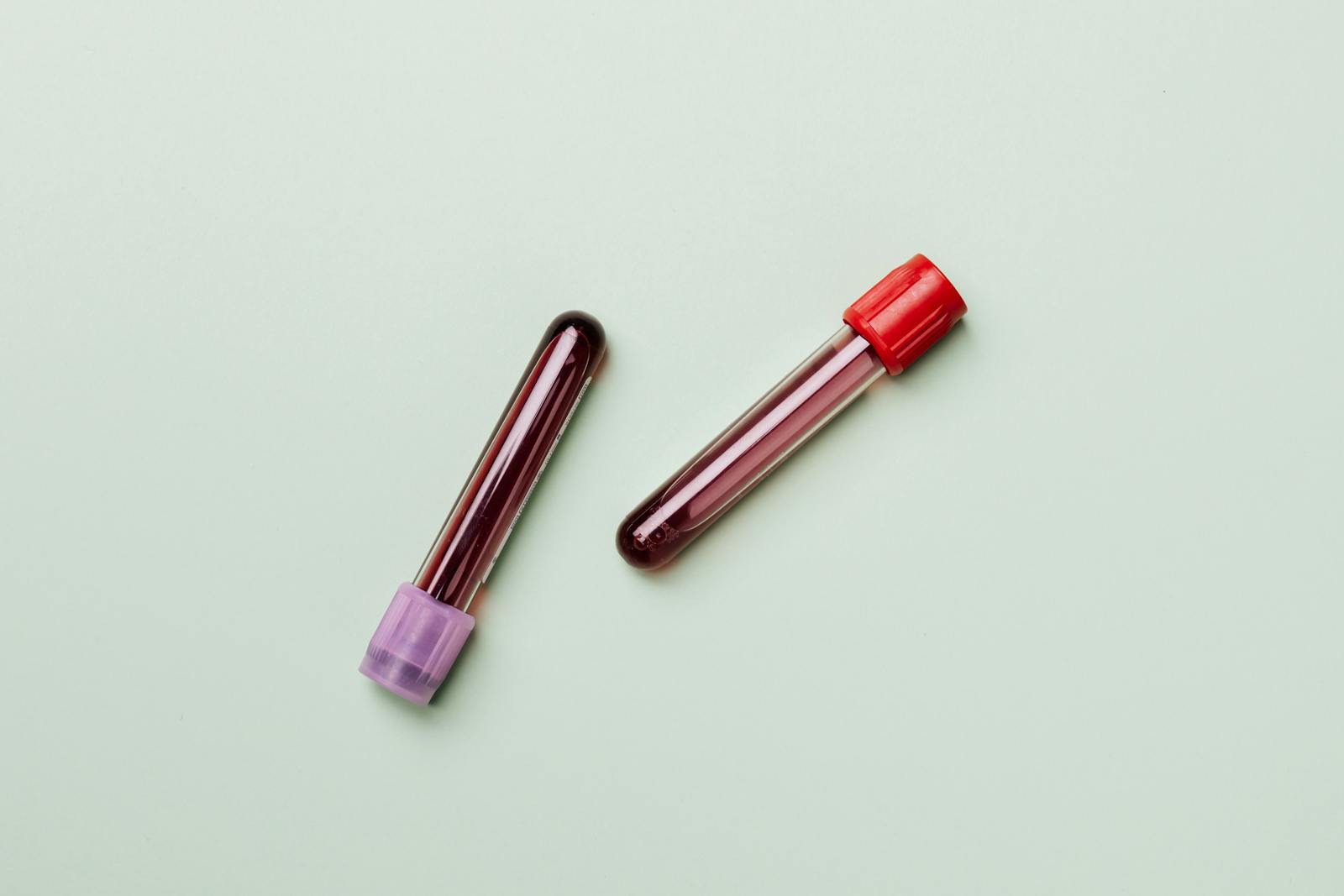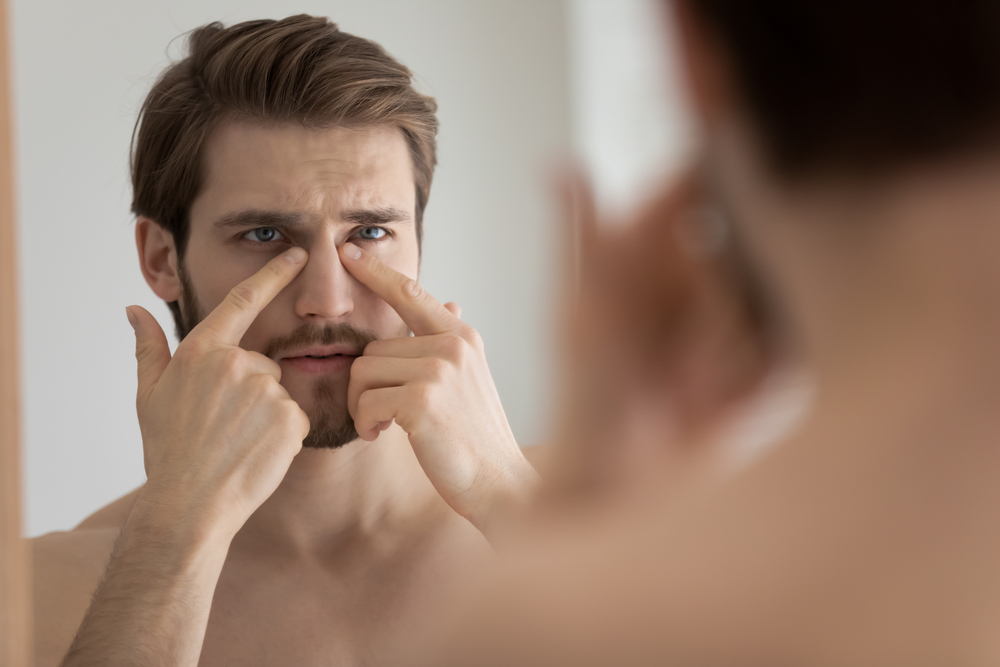BAPRAS Members Survey Results Revealed
Back in June, BAPRAS members were given the opportunity to take part in a survey to ascertain what led them to choose a career in plastic surgery and what they like and dislike about working within this specialty.
The survey was shared initially at this year’s BAPRAS Summer Scientific Meeting in Bournemouth, and subsequently included on the website, in the Secretariat bulletin, on social media and was distributed to members as a standalone email.
The total number of respondents included in this analysis is 132, 95 of whom were male and 35 of whom were female.
While this provided a large enough sample for analysis by gender, there was unfortunately not enough variety across different professional levels to allow robust analysis between those categories.
The results can be found in more detail below.
Variety of Work
The most commonly listed reason to go into plastic surgery was variety of work (83%), which was also the most common response (39%) when respondents were asked for their single biggest motivation. In fact, more than four in five (87%) surveyed engaged in more than one sub-specialism, with almost two in five (37%) engaged in more than five types of work. At least 92% of those surveyed engaged in some form of non-aesthetic/cosmetic work.
Perceptions of gender dynamics within aesthetic & reconstructive plastic surgery
‘Female role models in a range of senior positions’ was more associated with plastic surgery than other specialisms (33% to 14%), as was ‘parity of pay opportunities regardless of gender’ (23% to 11%), and ‘being valued and respected in the workplace’ (28% to 17%). Furthermore, 46% of women said that role models working in the specialism had motivated them to choose plastic surgery.
More than a quarter of female members surveyed (27%) felt that there was a more supportive working environment in plastic surgery, compared to 24% who felt it was better in other specialisms. However, allowing the flexibility to balance one’s work and personal life came out much higher for other specialisms than plastic surgery (15% to 41%).
Motivations to go into plastic surgery
The top reasons for pursuing a career in plastic surgery were variety of work (83%), followed by the opportunity to improve lives (61%), and the opportunity to work with different specialisms (52%). When asked to pick their single biggest motivation, the same two came out highest, followed by role models in the specialism (10%).
Male members appeared more motivated by the opportunity to develop innovative techniques than women (53% vs. 38%) and the level of pay (15% of men, 0% of women), whereas female members were more motivated by the opportunity to work with different specialisms (62%) and the opportunity to improve lives (76%).
Level of pay (11%), supportive working environment (10%), the opportunity to save lives (8%), and flexible working (3%), were selected as motivation by the smallest number.
Stages at which members chose this specialism
Over a third (34%) of those surveyed said that they had made the decision to go into plastic surgery while at medical school. Around 16% said that they had made their decision after starting their career in a different specialism, and 11% had already decided prior to their medical degree.
Female members tended to make the decision to go into plastic surgery earlier than their male counterparts – with 62% of women saying they had chosen the specialism before they had left medical school, compared to only 38% of men.












